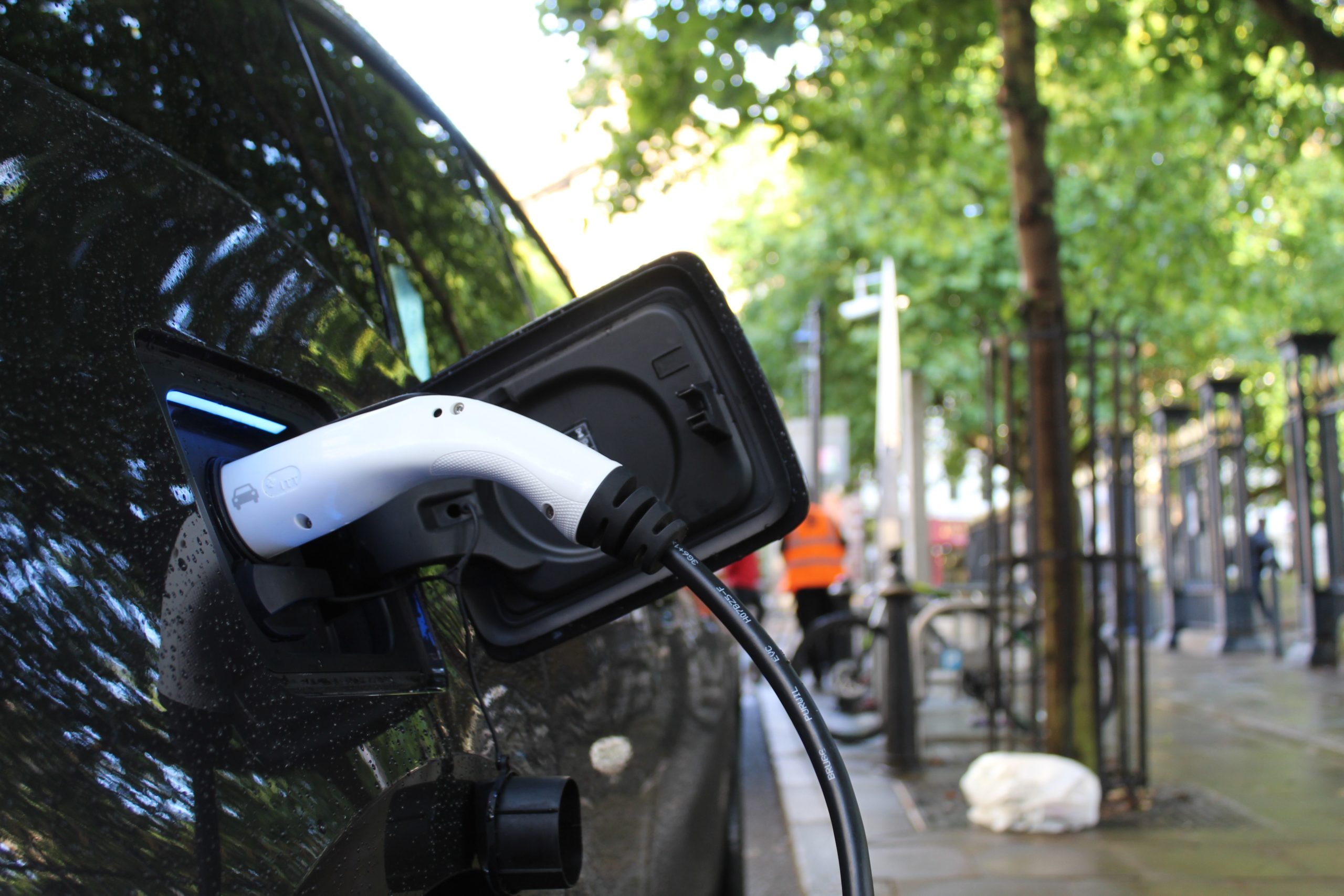What You Need to Know About Clean Transport

Between work commute, vacations, and grocery shopping, the average American quickly accumulates travel mileage. According to the US Department of Transportation Federal Highway Administration, Americans drive an average of 13,476 miles per year. Compounded with the interconnectedness of global industries and the ease of e-commerce, the transportation sector accounted for 24% of global greenhouse gas emissions in 2016.
With the growth of international trade and the expansion of e-commerce, transportation of goods and services continue to be integral to the global economy. But its environmental impact doesn’t have to grow. The solution? Clean transport.
What is clean transport?
Clean transport aims to reduce emissions and waste within the planet’s capability, and to minimize the resources used to manufacture vehicles. It promotes a shift towards an electric vehicle ecosystem, where transport is affordable, accessible, and efficient.
Why do we need it?
Now, we live in a world where a product from Vietnam is only a click away. We can order dinner from our phones and have it driven to our homes. Apples from the supermarket travel an average of 1,555 miles before reaching the dinner table, according to the Center for Urban Education about Sustainable Agriculture.
In 2017, transportation emitted 1.9 billion tons of CO2 – surpassing the electric power sector as the largest contributor to CO2 in the US. Industrial dependence on fossil fuel-powered vehicles combined with the vast distance products regularly travel makes up 23% of CO2 emissions from transport.
But personal vehicles make up for the largest percentage of transport carbon emissions in the US. While medium and heavy-duty trucks accounted for 23% of CO2 emissions, personal vehicle use made up a whopping 59% of transport-related greenhouse gas emissions.

Opportunities for Growth
Electric vehicles (EV) seek to curb CO2 emissions from transportation. EVs offer a cleaner alternative to the internal combustion engines most vehicles utilize today. The zero tailpipe emissions and dynamic controlled charging promote large potential in CO2 reductions and energy diversification.
Governments and municipalities around the world already see the potential in this new market. Government subsidies in China promoted the growth in electric two/three-wheelers and urban busses. To date, there are half a million electric buses in circulation, most of which are in China. In the Midwest, local municipalities use smart pricing that account for the environmental and societal cost of car use and encourages low-carbon modes of transport.
Although electric vehicles only account for 2.6% of global car sales and only 1% of the global car stock, it has made a significant impact in reducing emissions. In 2019 alone, electric vehicles averted the use of over half a million barrels of oil products per day. By 2030, technological developments will enable EVs to avoid the use of 2.5 million barrels of oil products each day.
Clean Transport Solutions
A global industry shift towards electric energy offers promising opportunities and reductions in carbon emissions, but it is not the sole solution. Other key strategies in clean and sustainable transport include compact and smart development, promoting clean public transport use, shared mobility or carsharing, and smart pricing. Together, industries, governments, and individuals can make significant improvements in our collective carbon footprint.
Just in the past decade, there has been an exponential growth in the electric vehicle industry. With new technological advancements and government subsidies, this growth will continue to accelerate. The Global Green Freight Action Plan offers a platform for governments, the private sector, and civil society to collaborate in enhancing green freight programs. HEVO aims to standardize wireless charging for electric vehicles, making it easier for individuals to recharge their cars and to reduce their carbon footprint.
Communities that promote and advocate walking and cycling are popping up across the country. America Walks advocates for safe, equitable, and accessible places to walk in cities across the US. Cities play a large role in shaping individual behavior and choices. The Institute for Transportation and Development seeks to promote clean transport by advocating for high-quality public transport, safe walking & cycling places, and people-centered policies. But we need to ensure all voices are present at the table. Green For All uplifts the voices of low-income and marginalized communities, and advocates for zero-emission transportation in underserved neighborhoods.

What You Can Do
The movement towards clean, sustainable transport and smart growth is a collective effort. We can work towards a greener future by taking small steps (literally), and supporting organizations that work to make our cities and communities safer and more accessible to all.
We can each decrease the 13,476 miles we travel each year. Instead of driving to work, maybe opt to use the bus or train three of the five days of the week. Or maybe bike to work, if you live closer and have access to safe bike lanes. If you live in a city with accessible and safe pedestrian lanes, maybe opt to walk to work once a week.
Are you looking to purchase a new vehicle? Consider electric vehicles. For some that live in communities without public transportation, electric vehicles may be key to decreasing your individual carbon footprint.
Our daily choices have a large impact on the 13,476 miles we travel each year. The average American travels 15 miles to get to work. By taking the bus or the train three times per week, we can each cut down an average of 2,250 miles in our annual travel mileage.


Leave a Reply